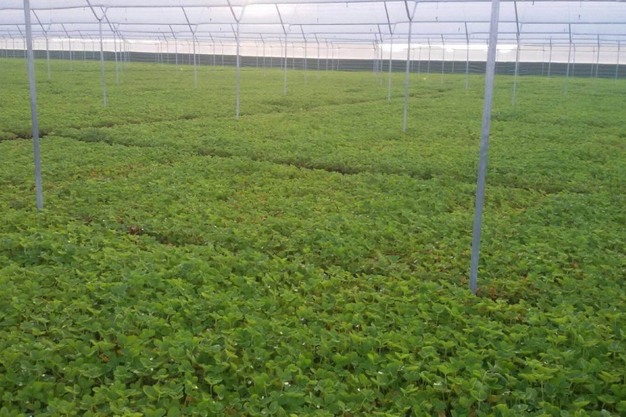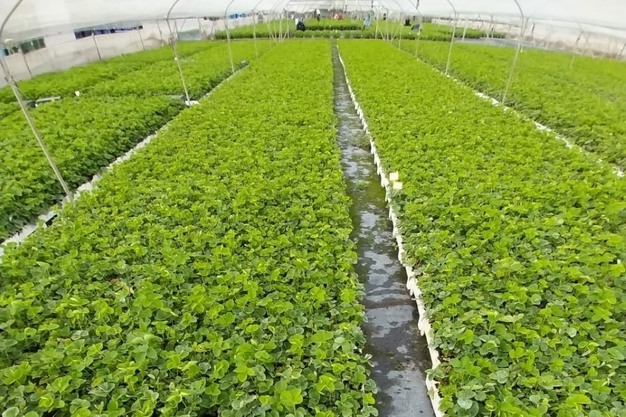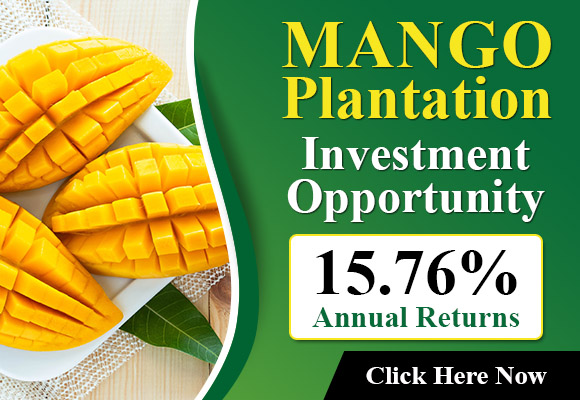Another significant expansion of strawberry plantations is expected in the new season in Greece, according to data coming from Greek seedling resellers. Mr. Nikos Papasotirakopoulos, owner of the Greek agricultural inputs company Agroximiki, which deals with Spanish nurseries for strawberry seedlings, says: “There has been a notable increase in seedling orders. Our company alone has received orders for more hectares compared to last year. Some of these orders are from growers who plan to cultivate strawberries for the first time, while the plantings are expanding in new areas, such as Amaliada and Lakopetra. We speak about many new hectares.”
Furthermore, inner changes are taking place in the early part of the season. “Only 2–3 years ago, Fortuna was a well-established early variety. However, its presence is currently retreating in favor of Arwen. Arwen was first planted about 3–4 years ago, and this summer came the big boom. Our orders for Arwen seedlings have increased by 400%. Although Arwen is less productive than Fortuna, it provides 80% of its crop before March ends, while it is more resistant to certain diseases and has a better shelf life,” stresses Mr. Papasotirakopoulos.
 © Agroximiki
© Agroximiki
The Greek entrepreneur visits his partner nurseries in Segovia three to four times each summer to inspect the seedling condition. “During our last visit, we saw the seedlings in very good condition, and we expect the replanting process to begin at the proper time. That means Fortuna plugs will be planted on September 25, Arwen plugs between October 5 and 10, while bare-root Marisma plants will take their place two to five days later,” he says.
Mr. Papasotirakopoulos highlights the ever more demanding circumstances for strawberry cultivation, but, as he says, all the supply chain links adjust to the new standards, becoming more innovative and agile: “Climate change and the restrictions on phytosanitary products pose the greatest challenges to nurseries. On our part, our duty is to guarantee the best adjustment of the seedlings to the farms. So, we are constantly in search of new and sustainable ways to boost crops. Biostimulators have come to stay. The same applies to the use of beneficial microorganisms.”
 © Agroximiki
© Agroximiki
“Of course, all these mean a cost increase. However, one should not worry about this, since it is something inevitable, but rather find the most cost-efficient solution instead. Growers have accepted this reality. They seek constant communication with us and follow our advice,” he concludes.
For more information:
Nikos Papasotirakopoulos
Agroximiki
Tel: 2610 224 306
Email: [email protected]
https://agroximiki.gr/
Source: The Plantations International Agroforestry Group of Companies
